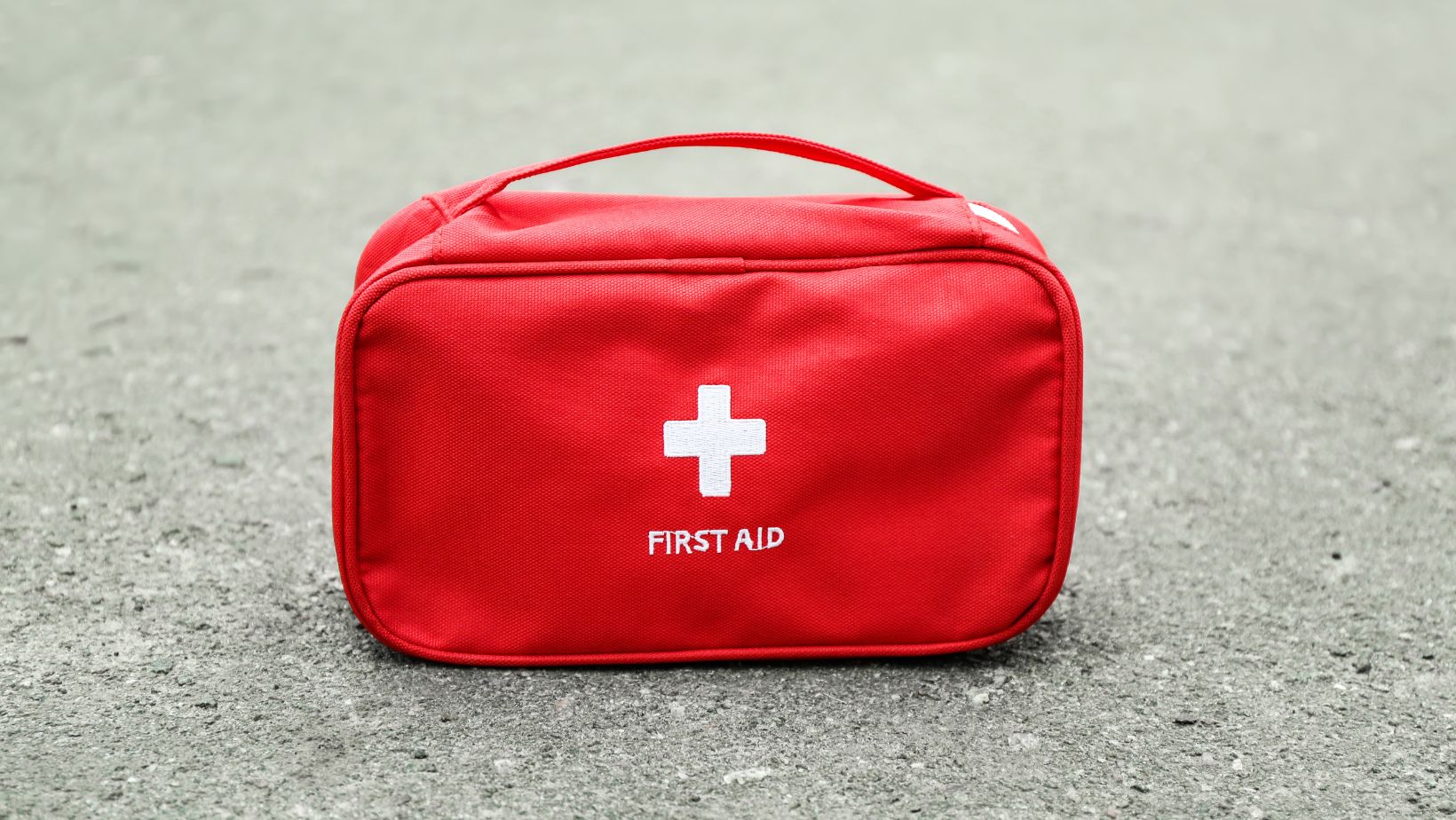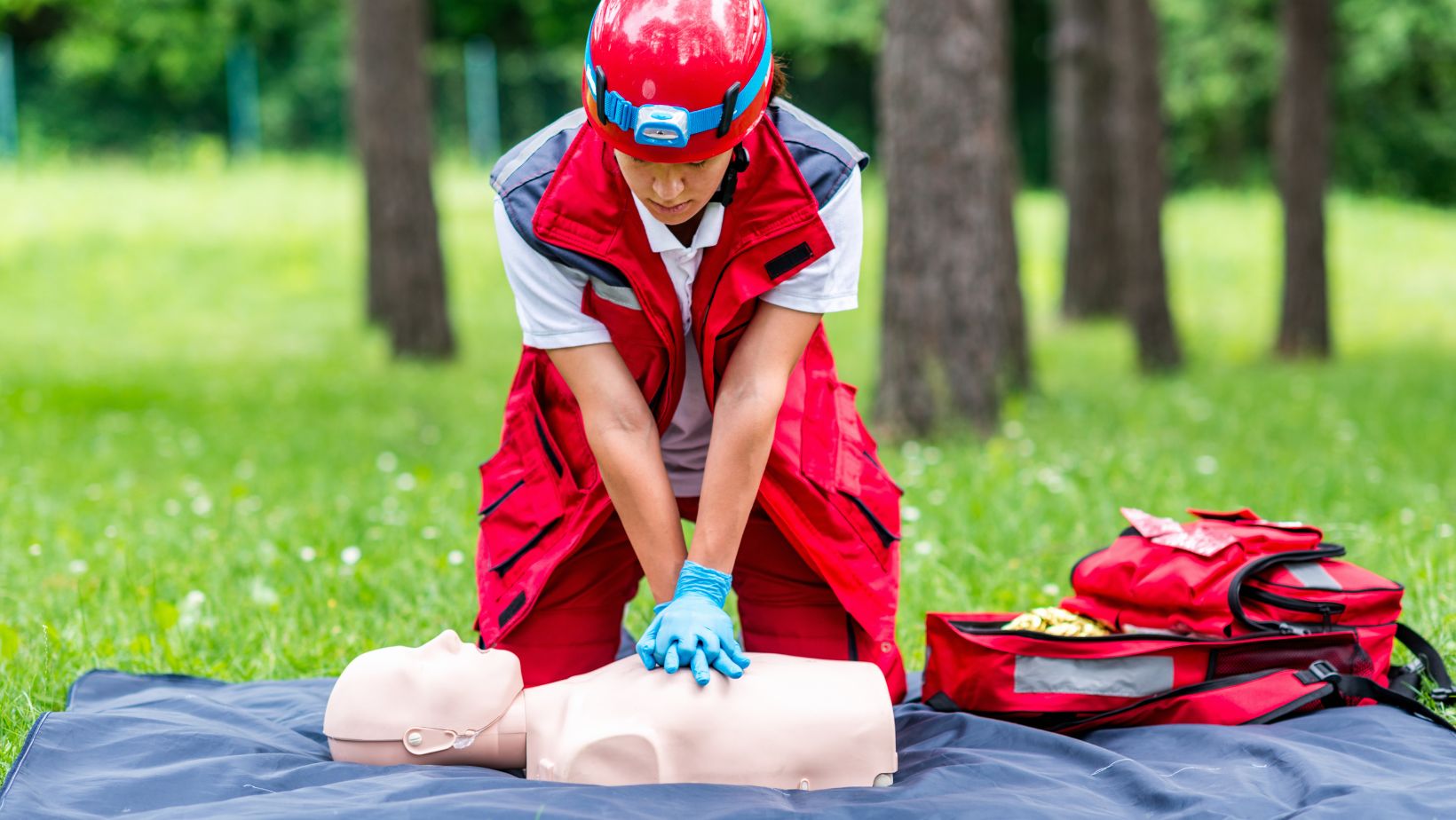
On Thanksgiving, 15-year-old Madison Atkinson saved her 3-year-old cousin from drowning, thanks to CPR skills she learned in school. While others froze, Madison began chest compressions. “We had just reviewed CPR in class,” she said. “No one else knew what to do.” Maxine survived.
Her story shows the life-saving power of first aid certification, especially when it includes real-world emergency scenarios.
In the U.S., someone needs emergency care every few seconds. And with 39,000 healthcare jobs added in June alone, being trained and prepared isn’t just smart, it’s essential.
Today’s online certification programs use realistic simulations to help you act with confidence when seconds count. Let’s explore how they work and why they matter.
The Rise of Scenario-Based Learning
The first recorded first aid training in the U.S. happened in 1899 in Jermyn, Pennsylvania, over 120 years ago. Today, those same life-saving principles are being taught online to everyone.
Top online first aid courses teach through real emergencies. You are placed in high-pressure situations where every second counts. This scenario-based learning builds the decision-making skills you will need when things go wrong in real life.
What Does a “Real-World Scenario” Look Like in a Course?
Imagine a training video starts playing. Someone falls to the ground in a parking lot. You hear voices in the background. A prompt appears: What do you do? You pick an answer, not just to move forward, but because the clock’s ticking, and it feels like it matters.
Behind the scenes, smart tools guide the experience. Some platforms use AI to adjust the scenario based on your choices. If you skip a key step, the video doesn’t just move on; it stops, explains why it mattered, and walks you through a better response.
This isn’t just about checking boxes. It feels like practice. You’re reacting, making decisions, and getting feedback in the moment. That hands-on experience, even through a screen, helps the lessons stick.
Why This Approach Works
We remember what makes us feel something. That’s why first aid lessons taught through real-world emergencies stick. When you’re asked to make fast decisions in a high-stakes scene, even on screen, your brain kicks in like it would in real life. One study published in the International Journal of Advanced Computer Science and Applications (IJACSA) journal found that this kind of pressure-based simulation helps sharpen focus and improve recall. It’s a simple idea: doing makes learning last.
What Scenario-Based First Aid Certification Covers
Online first aid courses that use real-world scenarios walk you through exactly what to do step by step, when someone’s life depends on it.
Here’s what you’ll actually learn and practice:
CPR and AED Use
This covers how to restart someone’s heart. You’ll learn adult CPR with 30 compressions (2 inches deep), followed by 2 breaths, aiming for 100–120 compressions per minute. For children, use one hand for shallower compressions. For infants, use two fingers and give gentle breaths. Automated External Defibrillator (AED) training includes pad placement (upper right chest, lower left rib area) and how to follow voice prompts during cardiac arrest.
Choking Relief for All Ages
This covers how to clear a blocked airway quickly. Adults and children need 5 back blows followed by 5 abdominal thrusts. For infants under 1, use 5 back blows with the heel of your hand, followed by 5 gentle chest thrusts. If the person becomes unresponsive, you’ll switch to CPR immediately.
Wound Care and Burn Treatment
This covers how to treat bleeding and burns properly. For cuts, apply pressure with clean gauze and elevate the area if needed. Use a tourniquet above the wound if bleeding doesn’t stop. First- and second-degree burns should be cooled with water (10–15 minutes) then loosely covered. Third-degree burns should not be touched; cover with a dry cloth and call for emergency help.
Poisoning and Allergic Reactions
This covers what to do when someone swallows something toxic or has a severe allergic reaction. You’ll learn to recognize symptoms of poisoning (nausea, confusion, and burns around the mouth), call poison control, and avoid inducing vomiting. For anaphylaxis, you’ll practice using an epinephrine auto-injector on the outer thigh and calling emergency services right away.
Splinting and Immobilization
This covers how to keep broken bones stable before help arrives. You’ll learn how to create a splint using any firm object, like a stick or rolled magazine, and tie it above and below the injury without cutting off circulation. You’ll also learn when not to move someone, especially in suspected spinal injuries.
Breathing Emergencies
This covers how to help someone who is struggling to breathe. For asthma attacks, assist with an inhaler: one puff with a 10-second hold, repeated as needed. For severe allergic reactions, use an EpiPen and monitor their airway. If someone faints, lay them flat and raise their legs to improve blood flow.
Recognizing Symptoms and Responding Quickly
This covers how to spot when something is wrong and act fast. You’ll be trained to identify early signs of heart attack, stroke, shock, or heat illness and respond confidently. This includes checking responsiveness, knowing when to call 911, and starting CPR or first aid immediately.
Communicating Clearly in Emergencies
This covers how to stay calm and give clear directions during a crisis. Whether you’re helping a toddler, a confused senior, or calling emergency services, you’ll practice using simple instructions and knowing exactly what to say so help arrives faster and everyone stays focused.
Helping Infants and Older Adults
This covers how to adjust your approach based on age and ability. For babies, everything is gentler: CPR, choking relief, and movement. For older adults, you’ll learn to speak clearly, repeat steps when needed, and provide physical support without causing harm.
Be the One Who Knows What to Do
Be the one who knows how to act in an emergency. First aid certification with real-world scenarios gives you clear, practical skills like CPR, choking relief, and wound care. You’ll learn exactly what to do, step by step.
Best of all, the online course is convenient and fits easily into your busy schedule. Get certified now so you’re ready to help when every second counts.
Sign up for an online first aid certification now!

